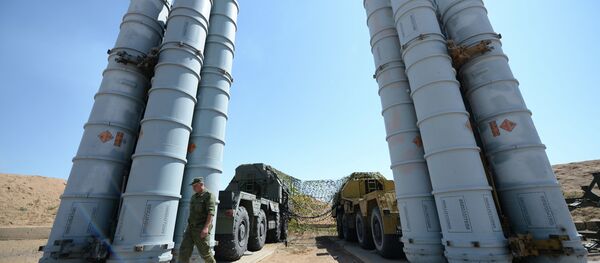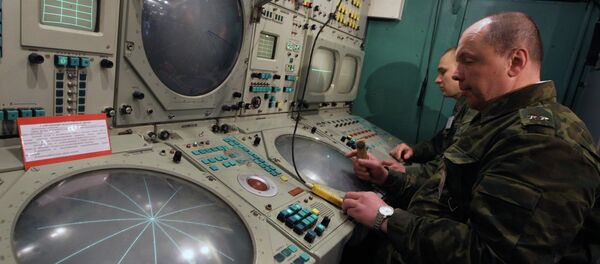“We have worked out recommendations on better coordination of our air defense forces, based on the results of the joint command-and-control drill we had in 2016,” Lt.-Gen. Pavel Kurachenko said after meeting with his colleagues from Armenia, Belarus, Kazakhstan, Kyrgyzstan, Tajikistan and Uzbekistan in Bishkek.
The Commonwealth of Independent States, also called the Russian Commonwealth, is a regional organization formed after the dissolution of the USSR comprising of nine former Soviet republics as member states.
Amid the current political instability in the world, collective air defense could become a major factor of security in Eurasia.
However, many experts say that the planned unification of the CIS countries’ air defenses is being held up by the participants’ different military and economic potential and different ideas about how the system should be working.
A union of unequals
Pavel Kurachenko said that the integrated air defense network of the CIS countries currently comprised 19 air squadrons, 38 air defense missile divisions, 15 radar units, nine air-defense brigades and three electronic warfare units.
Russia, which boasts one of the world’s most advanced air defense system, is the backbone of this integrated network.
Belarus comes second with dozens of long-range S-300 and now also a pair of S-400 air defense missile systems, Buk and Tor-M2E medium- and short-range systems and over 20 upgraded MiG-29 interceptors.
Kazakhstan is no slouch either boasting an impressive arsenal of S-300, S-200 and S-125 missile systems, dozens of MiG-29 and Su-27 fighters and six advanced Su-30SMs. In addition, Kazakhstan is the only country, after Russia, which has high-speed MiG-31 and MiG- 31BM interceptors.
Armenia too has an impressive array of air defense weapons, including five battalions of S-300PS and Buk-M2. Armenia also plays host to Russia’s 102nd military base in Gyumri with dozens of MiG-29 interceptors and the S-300B missile system ensuring 100-percent control over the country’s airspace.
Common cause
The air defense capability of the Central Asian republics is less impressive though, with Tajikistan relying on the veteran S-125 and S-75 missile systems and having no fighter planes at all. Kyrgyzstan and Uzbekistan fare no better.
Moscow-based military expert Mikhail Khodaryonok still believed that the CIS countries’ fledgling system of integrated air defense could eventually become a potent instrument of deterring a potential aggressor.
“The main thing we all need to realize is that we are building our common defense that will benefit us all,” Khodaryonok emphasized.
An integrated air defense network was set up by 10 CIS-member countries in 1995 and currently comprises air defense units and elements from Armenia, Belarus, Kazakhstan, Kyrgyzstan, Russia and Tajikistan.
The main purpose of the network is to ensure the protection of member country airspace, as well as provide early warnings of missile attacks, and coordination of joint efforts to neutralize potential air threats.
Never miss a story again — sign up to our Telegram channel and we'll keep you up to speed!






